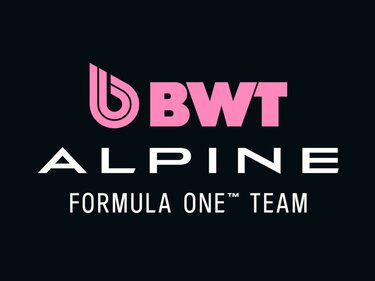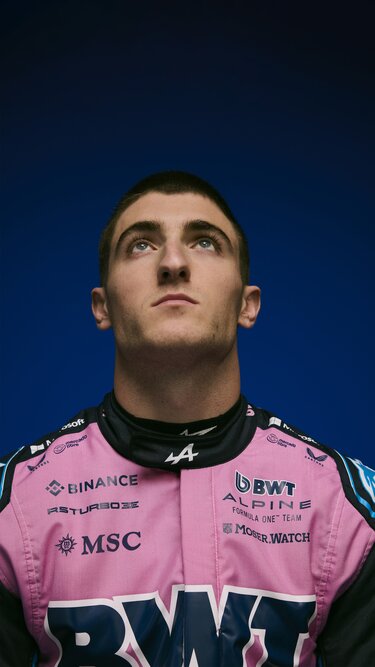
BWT Alpine F1® Team
Rise Higher
L’Alpine A525 unisce know-how e innovazione, incarnando la ricerca di leggerezza e della massima performance.

La ricerca della leggerezza
Il telaio della A525 è composto da una monoscocca composita stampata in fibra di carbonio e alluminio a nido d’ape, prodotta dal team BWT AlpineF1® e progettata per la massima robustezza e il minimo peso.

Superare i limiti

Dalla pista alla strada
Il lavoro relativo all’aerodinamicità e ai materiali leggeri, testato su pista, è integrato in ciascun modello Alpine per offrire un’esperienza di guida eccezionale.
I nostri piloti
Scoprire anche
WEC

Boutique

Stagione F1® 2025 - Seguire in diretta

I nostri partner





